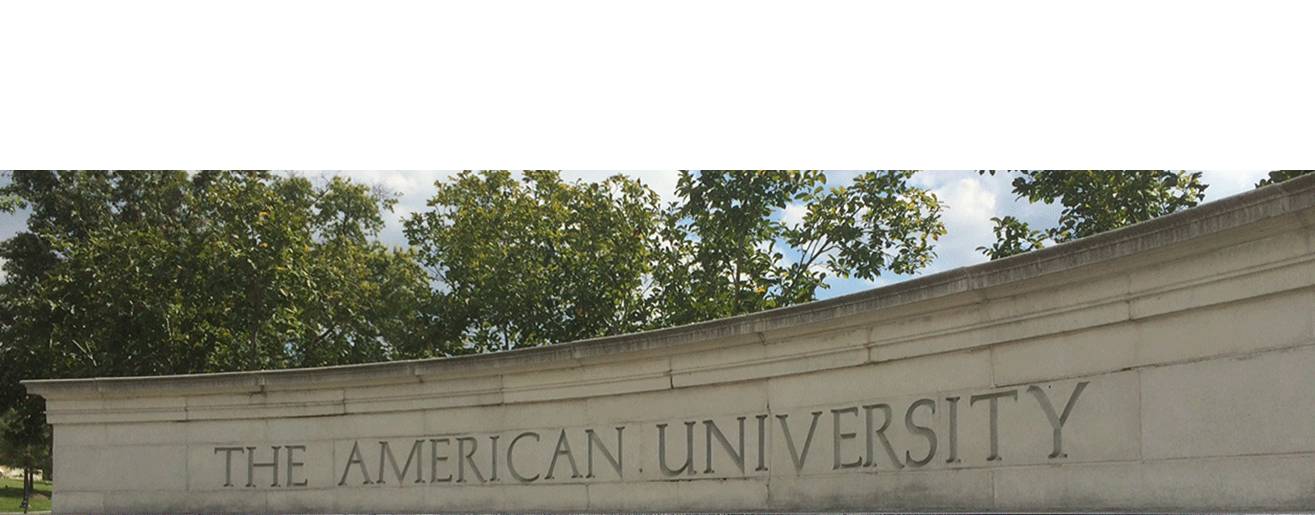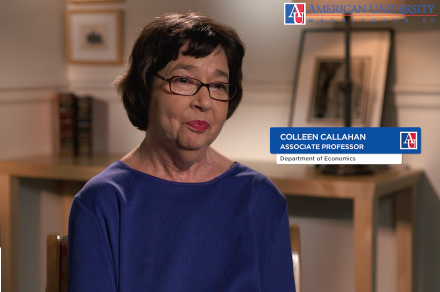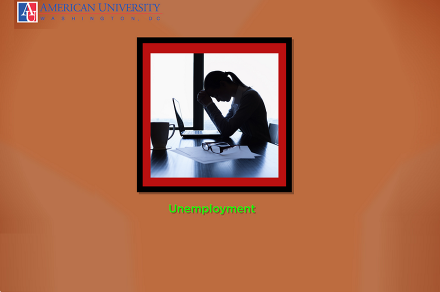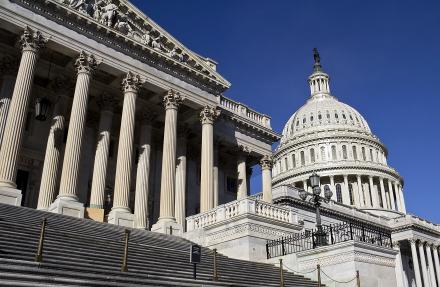In this macroeconomic theory and policy course you will analyze both the long-run and short-run performance of the economy as a whole, along with various theories proposed by economists to explain that performance. We will consider the strengths and weaknesses of each theory.
The main questions facing economists who study the long run are:
- How do you explain increases in per capita income that have been sustained for well over a century in nations like the United States?
- Why have some nations never been able to achieve rising per capita income except for brief episodes?
For economists who focus on the short run, the main questions center on the fluctuations of the economy around its long-run growth path. For example:
- What caused the Great Recession and accompanying high unemployment?
- What has made the ongoing economic recovery especially weak in Europe?
- How has the challenge of fiscal austerity and historically low interest rates affected the global economy?
To understand these phenomena, this course will examine the role of consumption, investment, the trade balance and fragility in the financial sector, along with monetary and fiscal policy.
This economics course involves:
- Blending rigorous macroeconomic theory with its practical (and often imperfect) application to problems in the world beyond the classroom
- Investigating something like the events precipitating the most recent U.S. recession, the slow recovery and the risk of deflation in the Eurozone
Course Objectives:
- Examine the role of consumption, investment, and the trade balance and fragility in the financial sector, along with monetary and fiscal policy
- Analyze real-world events using mainstream macroeconomic models
- Contrast the appropriateness of monetary and fiscal policies, along with policies to promote growth
- Solve mathematical versions of macroeconomic models and explain results using intuition and skills learned from our course in mathematical economics
- Evaluate a variety of economic models and their limitations
- Compare the open economy implications for policy choices to those of the closed economy
You will explore related topics including equilibrium in financial markets, the aggregate supply and aggregate demand model, the neoclassical (Solow) growth model and fiscal austerity.
This course is taught by Colleen Callahan, associate professor and faculty member since 2001. Her research has focused on U.S. monetary history in the 19th and early 20th centuries, and she received the 2010 Jonathan Hughes Prize for Excellence in Teaching Economic History from the Economic History Association.
Click here for the official course description from the American University Catalog.
Learn more today. Call us at 855-725-7614 to speak to an admissions representative, or request more information here.








